Wrapping your head around the accounting standards changes on the horizon is no easy task—let alone figuring out which ones deserve the most attention. To help with this, I have highlighted five Financial Accounting Standards Board (FASB) Accounting Standards Updates (ASUs) that not-for-profit accounting professionals should consider prioritizing this year. The following updates have fast-approaching effective dates, so it is important to familiarize yourself with these standards now.
Going Concern Requirements
For the first time in history, U.S. GAAP addresses management’s responsibility to evaluate and disclose whether there is substantial doubt about an entity’s ability to continue as a going concern. This change is significant because it shifts primary responsibility for the entity’s going concern assessments from auditor to management. Auditors should also be aware that FASB’s issuance of ASU No. 2014-15 prompted a change in the related auditing standards. The AICPA Auditing Standards Board (ASB) issued its going concern standard (SAS No. 132) in February 2017. SAS No. 132 has key changes that auditors will want to pay close attention to, including the required timeframe for considering going concern issues.
Consolidation Requirements for Not-for-Profits
The consolidation standard that FASB issued in 2015 (ASU No. 2015-02), targeted the concerns of asset management companies but ended up affecting all entities that use limited partnerships. Subsequently, FASB staff received feedback that the new consolidation guidance was unclear as to when a not-for-profit that is a general partner in a limited partnership (or similar entity) should consolidate a for-profit limited partnership. To address this issue for not-for-profits, FASB reinstated the old consolidation guidance by issuing ASU No. 2017-02 in January 2017. Not-for-profits that already adopted ASU No. 2015-02 will have to apply ASU No. 2017-02 retrospectively, back to the initial year of ASU No. 2015-02 adoption, essentially “undoing” the amendments of ASU No. 2015-02.
Simplifying the Presentation of Debt Issuance Costs
FASB’s new standard on simplifying the presentation of debt issuance cost (ASU No. 2015-03) addresses the unnecessary complexity of having different balance sheet presentation requirements for debt issuance costs and debt discounts and premiums. Additionally, FASB addressed the conflict in recognizing debt issuance costs as deferred charges (assets) with the guidance in FASB Concepts Statements No. 6, Elements of Financial Statements, which states that debt issuance costs are (1) like debt discounts and in effect reduce the proceeds of borrowing, thereby increasing the effective interest rate, and (2) cannot be an asset because they provide no future economic benefit.
Fair Value Disclosures When Net Asset Value per Share is Used
FASB has revised the disclosure requirements when net asset value per share is used to measure fair value. ASU No. 2015-07 removes the requirement to categorize within the fair value hierarchy all investments for which fair value is measured using the net asset value per share practical expedient. This change ensures consistency in the approach used to categorize investments within the fair value hierarchy, since investments measured using the practical expedient were categorized using different
criteria than those using other fair value measurements. AICPA Not-for-Profit Section members can access a relevant white paper that addresses the challenges of fair value measurement when no market exists for certain not-for-profit assets and liabilities.
Inventory Measurement
FASB’s Simplifying the Measurement of Inventory standard (ASU No. 2015-11) makes the guidance for subsequent measurement of inventory more straightforward and better aligns the inventory measurement guidance under U.S. GAAP with the guidance under IFRS. Under this ASU, inventory should be measured at the lower of cost or net realizable value—the estimated selling prices in the ordinary course of business, less reasonably predictable costs of completion, disposal and transportation. ASU No. 2015-11 does not cover inventory measured using the last-in, first-out (LIFO) or retail inventory methods.
You may be interested in the AICPA Not-for-Profit Section’s upcoming webcast, Accounting Standards Updates on the Horizon: What You Need to Know, which will cover these ASUs, and others, in more depth on April 25 from 1-3 pm ET.
Thank you to the AICPA Not-for-Profit Audit Risk Alert Task Force for their contributions to this blog post.
Christopher Cole, Associate Director- Product Management and Development. Association of International Certified Professional Accountants.
– See more at: http://blog.aicpa.org/2017/04/5-upcoming-gaap-changes-not-for-profits-should-know.html#sthash.wS5bNQvv.dpuf
- Preparing to Sell Your Business - March 27, 2023
- W-2 Employees or 1099-NEC Contractors? What are the Pitfalls if you Misclassify? - November 3, 2021
- Casualty Loss Summary - October 12, 2021


